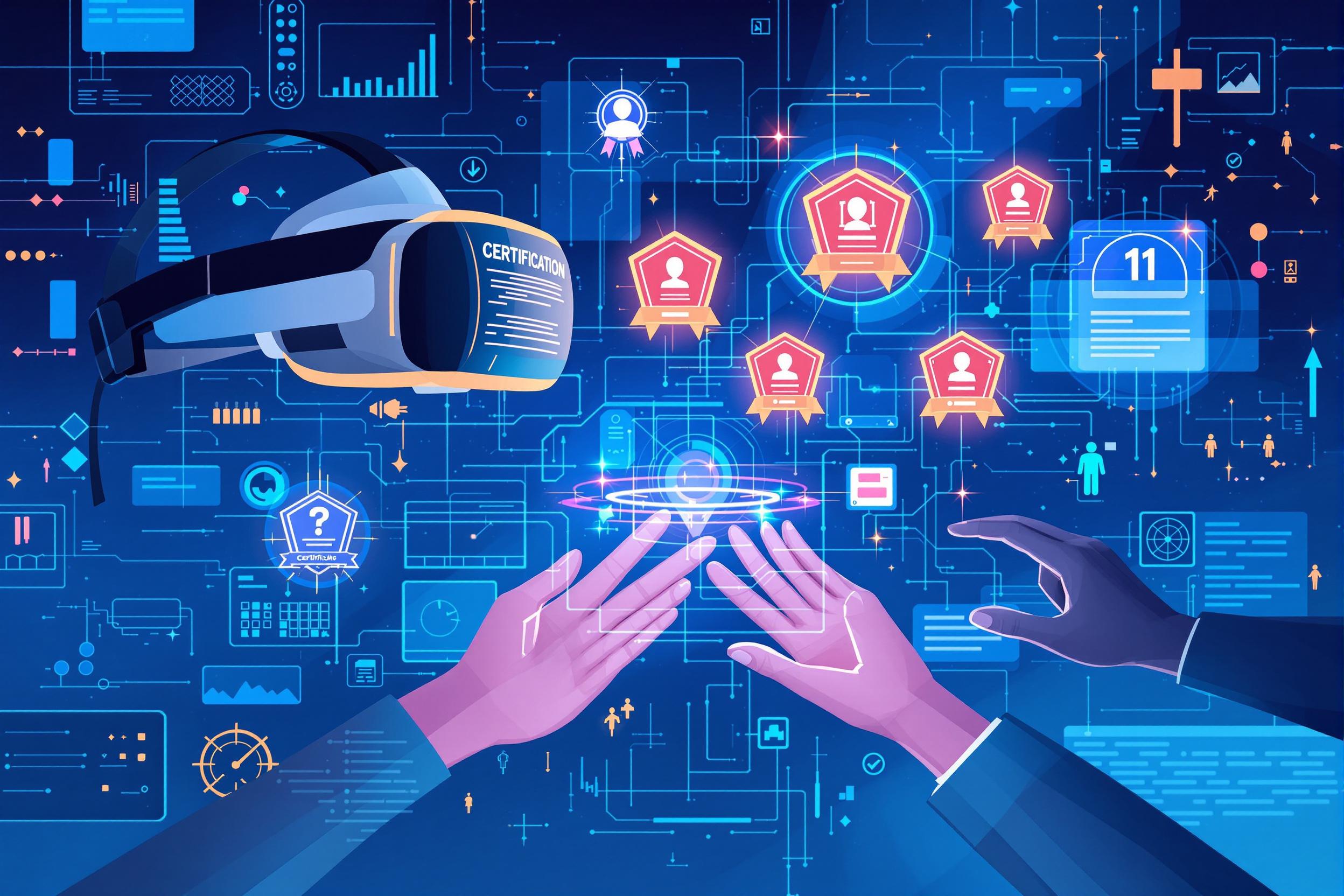
Virtual Restaurant
A Virtual Restaurant (also known as a ghost kitchen or cloud kitchen) is a food service business that prepares meals exclusively for delivery, without a traditional dining room or storefront. These restaurants exist only online and through delivery apps, operating from commercial kitchens. This modern business model reduces overhead costs by eliminating the need for dining space and wait staff, while allowing restaurants to reach customers through popular delivery platforms. They can exist as standalone operations or within established restaurants that use their kitchen space to create additional delivery-only brands.
Examples in Resumes
Managed operations for three Virtual Restaurant concepts from a single kitchen space
Launched successful Ghost Kitchen generating $50,000 monthly revenue
Developed menus for two Cloud Kitchen brands specializing in Asian fusion
Optimized Virtual Restaurant operations to handle 200+ daily delivery orders
Typical job title: "Virtual Restaurant Managers"
Also try searching for:
Where to Find Virtual Restaurant Managers
Industry Organizations
Job Boards
Professional Networks
Example Interview Questions
Senior Level Questions
Q: How would you manage multiple virtual restaurant brands from a single kitchen?
Expected Answer: Answer should include strategies for kitchen layout optimization, staff training for multiple menus, inventory management across brands, and coordinating with different delivery platforms efficiently.
Q: What metrics do you use to evaluate virtual restaurant performance?
Expected Answer: Should discuss delivery times, food quality maintenance, customer ratings, order accuracy, cost management, and strategies for maintaining profitability across delivery platforms.
Mid Level Questions
Q: How do you ensure food quality when it's being delivered?
Expected Answer: Should explain packaging choices, temperature maintenance, delivery time management, and quality control processes for delivery-only operations.
Q: How do you handle multiple delivery platform orders simultaneously?
Expected Answer: Should describe systems for managing orders from different platforms, prioritizing orders, and coordinating with delivery drivers effectively.
Junior Level Questions
Q: What are the key differences between traditional restaurants and virtual restaurants?
Expected Answer: Should explain basics of delivery-only model, absence of dining room operations, importance of packaging, and delivery platform coordination.
Q: How do you maintain food safety in a virtual restaurant setting?
Expected Answer: Should discuss basic food safety principles, temperature control, proper storage, and safe packaging practices for delivery.
Experience Level Indicators
Junior (0-2 years)
- Basic kitchen operations
- Food safety knowledge
- Delivery platform management
- Basic inventory control
Mid (2-5 years)
- Multiple brand management
- Staff scheduling and training
- Cost control and profitability analysis
- Quality control systems
Senior (5+ years)
- Multi-location management
- Brand development
- Strategic planning
- P&L responsibility
Red Flags to Watch For
- No experience with delivery platforms or digital ordering systems
- Lack of food safety certifications
- Poor understanding of delivery logistics
- No experience with high-volume kitchen operations
- Unfamiliarity with digital marketing and online presence management
Related Terms
Need more hiring wisdom? Check these out...

Step Into Our World: How Pre-Recorded Virtual Workplace Tours Are Changing The Recruitment Game

Virtual Reality in Certification Exams: How VR is Transforming Specialized Training

How Internal Gig Marketplaces Revolutionize Employee Development

